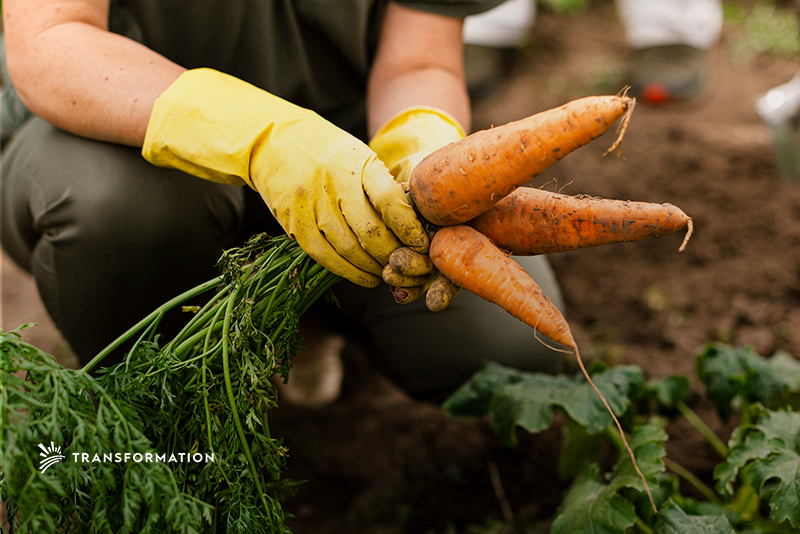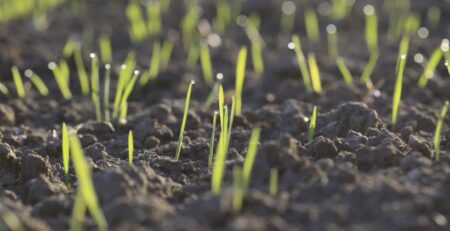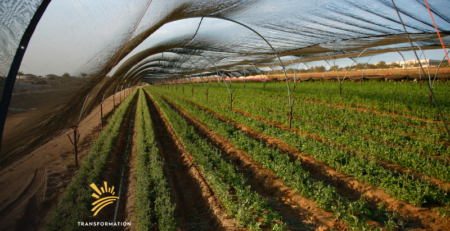How To Identify Greenwashing in Sustainable Food
As sustainable food and agriculture increase in popularity, greenwashing also is on the rise. Greenwashing is when a business inaccurately gives the impression that their product is more environmentally sound than it is. The false information capitalizes on the growing demand for climate-friendly products for promotional purposes.
Greenwashing is harmful because it sets back genuine environmental progress. Greenwashing can occur unintentionally or can be premeditated by a company. Regardless of intent, greenwashing undermines circular economy initiatives and can mislead and confuse unstudied consumers.
Seven Types of Greenwashing
There are seven types of greenwashing in the sustainable food industry:
The Hidden Trade-off
The hidden trade-off is when a food product boasts to be sustainable based on a limited set of characteristics without attention to systemic environmental concerns. For example, a food company might highly advertise that they use recycled materials in their packaging without addressing internal waste-reduction standards from production to transportation to consumption.
No Proof
The no-proof style of greenwashing is when an assertion is not substantiated by evidence or a reliable third-party certification. For example, these unverified claims are seen in messages that state “eco-friendly ingredients” or “sustainably sourced” without a valid designation, like Protected Harvest or Rainforest Alliance Certified, proving the statement.
Vagueness
Vagueness is when a claim is too broad or poorly defined that its real meaning is likely to be misunderstood by the intended audience. For example, meat producer Tyson has a “Naturals” line that highlights a logo with a green leaf, symbolizing the product’s deemed natural roots. The packaging of the Naturals range also claims that the product contains “no added hormones or steroids.” However, federal regulations already prohibit the use of added hormones and steroids in chickens. This claim distracts from the true sustainability status of the Naturals range.
False Labels
False labels are when a product gives the impression that it has a third-party endorsement when no endorsement exists. Along with the color green, food companies will use pictures of crops, vegetables, fields, and farmers on their packages to invoke organic family farms even when the products are from giant multinational corporations.
Irrelevance
Irrelevance is when a claim may be truthful but is either unhelpful or insignificant for consumers and investors seeking environmentally sound products. For example, regardless if dairy and meat are produced in a factory farm or are grass-fed, the harmful environmental impact is inevitable. According to the Food and Agriculture Organization of the UN, animal agriculture accounts for just under fifteen percent of global greenhouse gas emissions.
Lesser of Two Evils
The lesser of two evils is a claim that might be appropriate within the product category but that risks distracting the consumer from the larger-picture environmental impacts. Often, this practice shows up as marketing an inherently harmful product as a more desirable option. These are eco-friendly claims on products that are environmentally destructive, like green pesticides or organic tobacco.
Falsehood
Falsehoods are when environmental claims made by companies are simply untrue. The Federal Trade Commission has attempted to repress phony green claims with its Green Guides. However, state governments control laws related to packaging. For instance, California prevents labeling plastic as compostable and biodegradable because these claims are unsubstantiated by legitimate evidence.
Advice for Avoiding Greenwashing
Investors should do their due diligence and pay attention to the language used. Keep the following questions in mind to identify greenwashing practices. When the company says that it uses sustainably sourced ingredients, is that supported by any formal certification? Is the business transparent about its waste-management practices? What are their plans for becoming more environmentally friendly? Is it moving toward a closed-loop system or promoting regenerative food system practices? Can it provide evidence that it has taken action on any of its plans? For investors to make a real impact in the food system, it is crucial to understand what greenwashing is and how to avoid it.




Leave a Reply